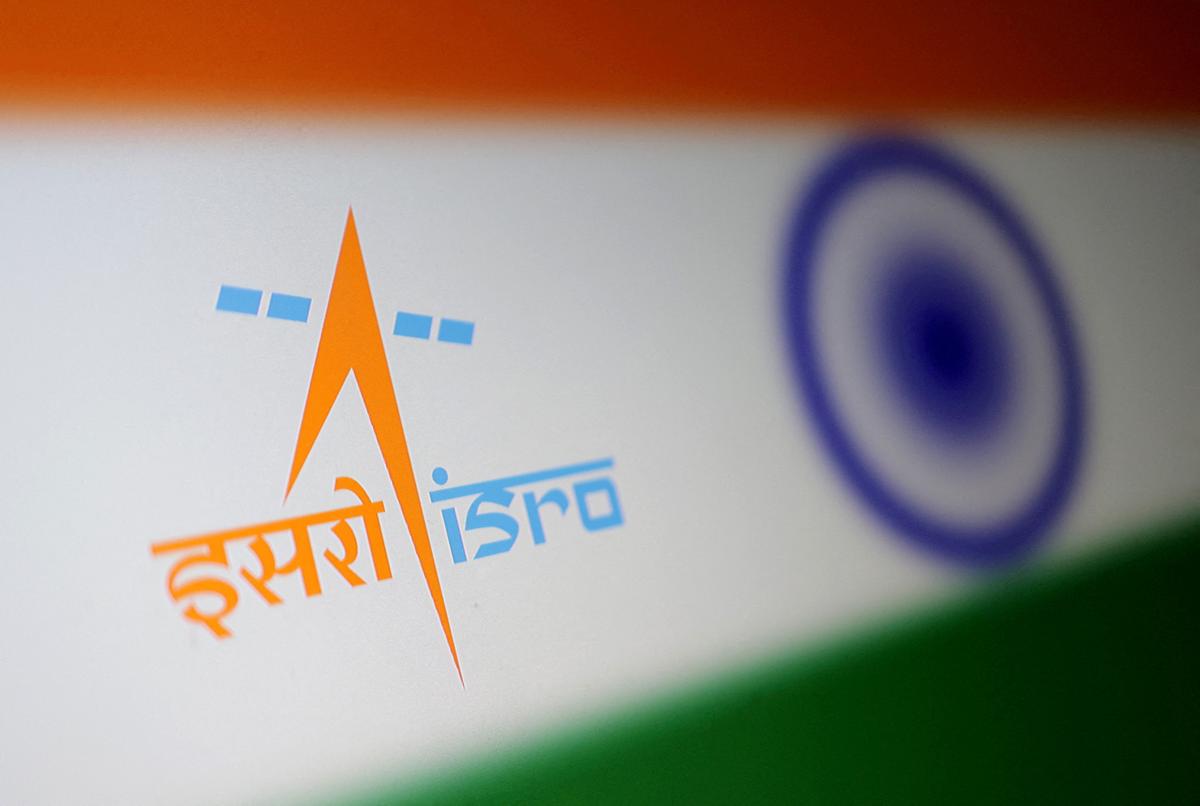ISRO’s Chandrayaan-5 mission, recently approved by the Centre, marks a significant advancement in India’s lunar exploration. With a 250 kg rover, the mission aims to conduct extensive research on the Moon’s surface. This blog covers the mission’s objectives, technological enhancements, and its impact on India’s space ambitions.
Focus Keywords:
Chandrayaan-5, ISRO, Moon mission, V Narayanan, India’s space exploration, Gaganyaan, Bharatiya Space Station
Chandrayaan-5: India’s Ambitious Leap into Lunar Exploration
The Chandrayaan-5 mission is set to redefine India’s lunar exploration program. Approved by the Central Government, the mission was announced by ISRO Chairman V Narayanan, who highlighted its enhanced capabilities. Unlike Chandrayaan-3, which carried a 25 kg rover, Chandrayaan-5 will feature a significantly larger 250 kg rover, enabling more extensive scientific exploration.
The mission aims to conduct in-depth surface analysis and gather critical data on the Moon’s composition, paving the way for future missions.
Chandrayaan Missions: A Brief Overview of India’s Lunar Legacy
Chandrayaan-1 (2008): A Groundbreaking Start
Launched on October 22, 2008, Chandrayaan-1 was India’s first lunar mission. It successfully conducted chemical and mineralogical mapping of the Moon and confirmed the presence of water molecules, marking a historic achievement.
Chandrayaan-2 (2019): A Learning Curve
In 2019, Chandrayaan-2 attempted a soft landing on the Moon. Despite losing communication with the lander, the orbiter continued to send valuable data, making the mission a 98% success.
Chandrayaan-3 (2023): A Triumphant Victory
Chandrayaan-3 became the first mission to land on the Moon’s South Pole. The Pragyan rover and Vikram lander successfully conducted scientific experiments, solidifying India’s place in the elite lunar club.
Chandrayaan-5: Key Features and Mission Objectives
The Chandrayaan-5 mission introduces several advancements:
Larger Rover: The 250 kg rover will carry advanced instruments for soil analysis, mineral detection, and geological mapping.
Enhanced Technology: Equipped with high-resolution cameras, spectrometers, and thermal probes, the mission aims to gather detailed data.
Longer Operational Period: The mission is designed for extended exploration, providing more comprehensive insights.
Technological Advancements in Chandrayaan-5
The mission will leverage cutting-edge technologies to improve precision and efficiency:
Larger Payload Capacity: The bigger rover can carry more scientific instruments, enabling detailed lunar studies.
Enhanced Navigation Systems: Improved guidance and control systems will ensure a safe landing and smooth operations.
Energy-Efficient Solar Panels: The rover will utilize solar energy for prolonged operations, increasing the mission’s longevity.
ISRO’s Future Space Plans: Gaganyaan and Beyond
During the announcement, ISRO Chief V Narayanan also shared plans for upcoming space missions, including:
Gaganyaan Mission: India’s first human spaceflight mission, expected in 2025, will send a crew of three astronauts into low Earth orbit.
Bharatiya Space Station: ISRO aims to establish its own space station by 2035, enabling long-term human presence and advanced research.
Significance of Chandrayaan-5 for India
The Chandrayaan-5 mission will strengthen India’s position as a global space power.
Scientific Advancements: The mission will offer new insights into lunar geology and mineral resources.
Technological Growth: It will showcase India’s technological prowess in space exploration.
Global Recognition: Success will reinforce India’s reputation in international space missions.
Chandrayaan-5 – A Giant Leap for India’s Space Exploration
With Chandrayaan-5, ISRO is set to achieve another milestone in lunar exploration. The mission’s larger rover, advanced technology, and ambitious objectives will propel India further in the global space race.


Leave a Reply